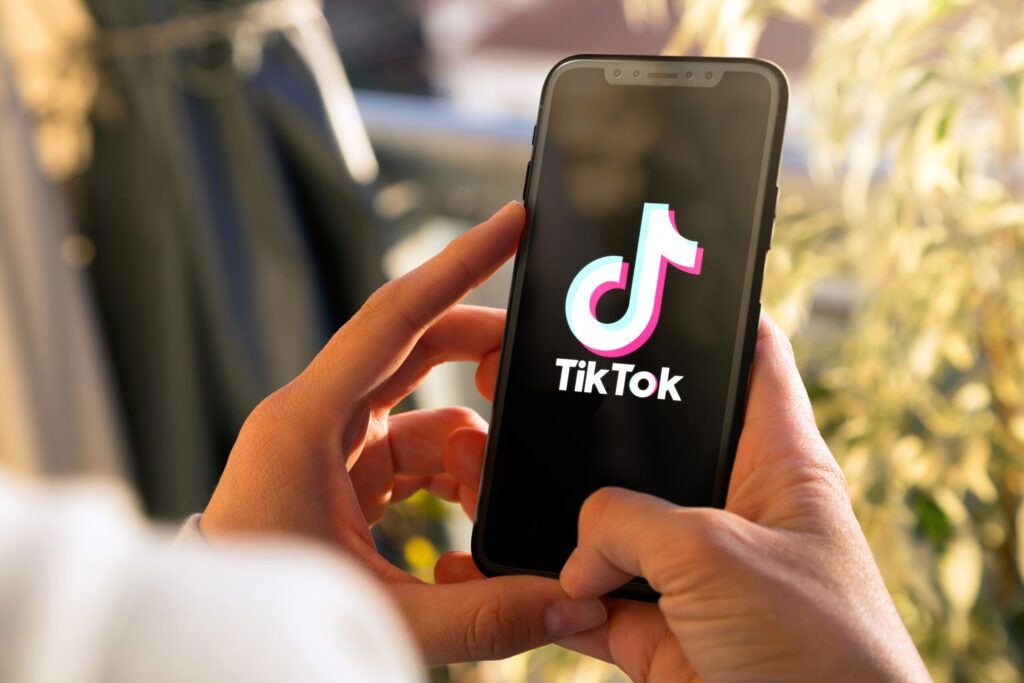TikTok has taken a bold step into the future of content creation with the launch of “AI Alive,” an innovative feature that turns static photos into dynamic, animated video Stories using artificial intelligence. The new tool marks a significant enhancement in the platform’s push toward deeper engagement and creative expression, powered by cutting-edge AI technology.
“AI Alive” allows users to upload a single photo and watch it transform into a short video clip, complete with motion effects, facial animations, background enhancements, and even simulated gestures or expressions. Leveraging TikTok’s proprietary AI models, built on advances in generative media, the feature adds movement, depth, and realism to otherwise still images.
The feature has officially rolled out across select markets and is expected to expand globally over the coming weeks.
“We’re giving creators new ways to tell stories that were previously unimaginable from a single photo,” said a TikTok spokesperson. “Whether it’s reviving old memories or adding life to artistic photography, AI Alive opens up a whole new frontier of storytelling.”
The launch comes at a time when generative AI is reshaping how digital content is produced and consumed. Platforms like TikTok are increasingly incorporating AI-driven tools to help users create high-quality, engaging content quickly and easily. With AI Alive, TikTok joins the ranks of platforms such as Instagram and Snapchat that are experimenting with AI-enhanced visuals, but it goes a step further by bringing full motion to images rather than just filters or style changes.
The AI Alive feature reportedly includes the ability to:
- Animate facial expressions (smiles, winks, head tilts)
- Simulate motion (camera pans, zooms, transitions)
- Add environmental effects (lighting shifts, background blur)
- Sync animations to music or voiceovers
Creators have already begun exploring the potential of AI Alive in early access tests, using it for everything from nostalgic family photos to animated product showcases and character storytelling. Influencers and brands may see this as a powerful tool to repurpose existing visual content into video formats that boost reach and engagement.
Digital marketers are particularly intrigued by the potential to turn flat promotional images into dynamic Stories that feel more personal and immersive, ideal for TikTok’s fast-paced, video-first ecosystem.
TikTok’s move reflects a broader trend in the tech world where AI is not just a back-end tool but a front-line feature. By embedding AI directly into the user experience, TikTok is reinforcing its position as a leader in short-form content innovation.
With privacy, ethical AI use, and creative authenticity becoming hot-button topics, TikTok has yet to detail how it handles data used in AI Alive animations or whether there are guardrails against misuse.
Nonetheless, the response so far from the creator community has been enthusiastic.
“It’s like giving a voice to your photos,” said one TikTok creator in a demo video. “I can bring my favorite memories back to life and make them feel real again.”
As TikTok continues to evolve beyond viral dance clips and lip-syncs, AI Alive is a clear signal of the platform’s ambition: to blur the lines between memory and media, and to empower users with tools that redefine what’s possible with content creation.

